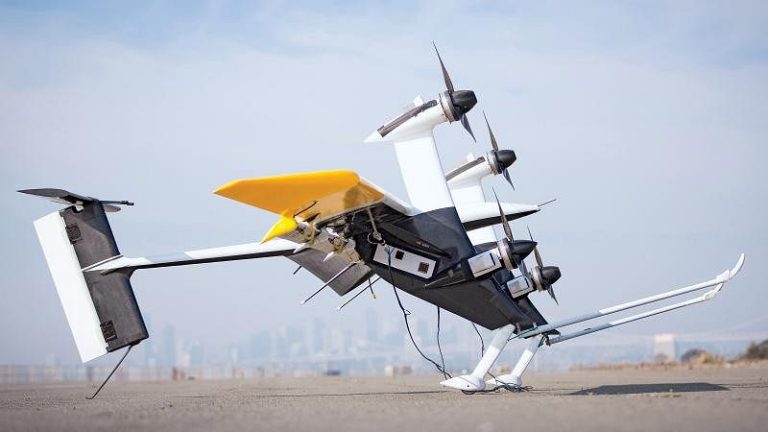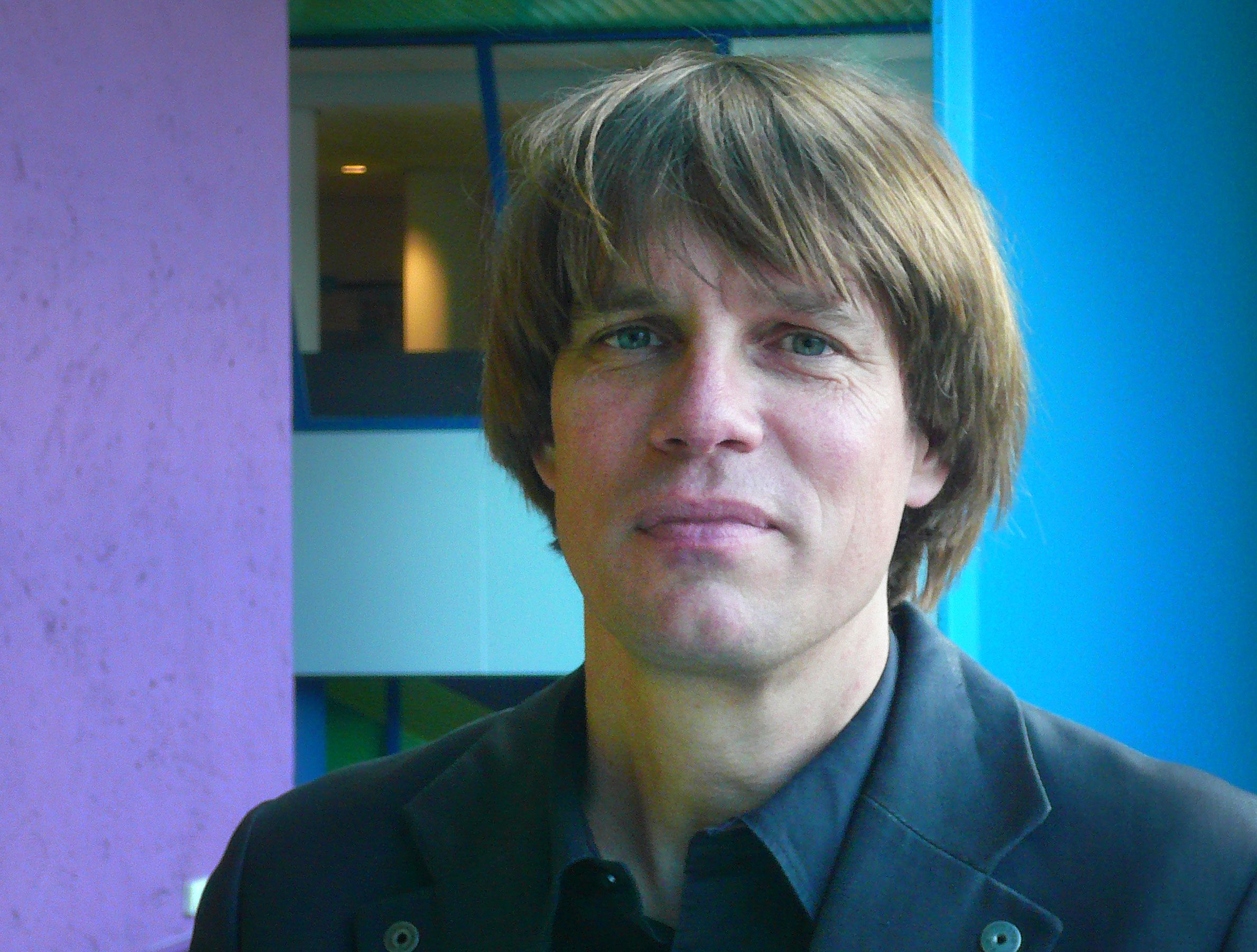Generating energy by flying kites is the Calimero of wind energy. The upcoming conference AWEC-2015 (15-16 June) is a line-up of exciting new ideas and technologies.
Researchers working on airborne wind energy occupy one office at the end of a whole floor dedicated to wind energy research in the Aerospace Engineering building. This one office reflects the current proportions of the flying wind energy versus the stationary kind that dominates the market with land based and offshore wind parks. Airborne wind energy has produced spectacular demos but no commercial energy production so far. As often however, it’s the niches that fizz with new ideas and fresh technologies. Light weight wind energy, or energy’s flying circus is no exception to that rule as a talk with Dr. Roland Schmehl, the conference organiser, shows.
What can visitors to the Airborne Wind Energy Conference 2015 expect?
“It’s the fifth conference since the start in Stanford in 2010 and it’s the first time we host the conference in Delft. In the foyer of the Aule and we’ll have an exhibition of various hardware prototypes. The Ampyx’s PowerPlane will be there, a TU start-up from 2007, as well as the TU Delft Kitepower team that operates kites with flexible wings. We’ll have almost 60 talks in two days’ time and 16 poster sessions. Taken together, it will give an impression of the daring futuristic things that people all over the world fly to generate energy with.”
What are your personal favourites?
“There will be a historic talk from Professor Bryan Roberts from Australia on his early experiments with flying a gyrocopter in the 1980’s. The other side of the spectrum are the guys from Google with their Makani Power project. Their airborne wind turbine is a tethered wings that spans 30 meters with eight turbines capable of generating 600 kilowatts. There are films on the web that show the thing actually flies. The Makani team will be at the conference to explain how it works.”

Is this Professor Ockels legacy?
“Ockels with his ladder mill was one of the pioneers of airborne wind energy. Professor Roberts was already working on it in Australia and there was a group in the US as well. Ockels was the pioneer in the EU, as far as I know.”
Are there energy kites operational anywhere?
“There is no site with commercial energy production on this base yet. The technology is still in the commercial development and demonstration stage. That said, the Dutch firm Ampyx Power has two wind parks in development in Australia and North-America. The Australian park is designed for 30 units with tethered power planes.”
What applications do you see for airborne wind energy?
“Personally I would expect the first applications in temporary remote applications, where the light weight of airborne wind energy is a big advantage. Industry leaders are more ambitious. They say that saving 80 to 90% in material will make airborne wind energy win out over regular wind turbines in the long run. We’ll see how things develop. The technology can easily be scaled up because it requires less material – that’s another advantage.”
What are the challenges?
“Oh, they are multiple. There are technical issues to solve to get airborne wind energy system working safely, reliably and automatically. Especially launching and landing automatically is quite a challenge. Then there are legislative disputes: are energy kites airplanes, wind turbines, drones or something else altogether? There are environmental studies that need to be done to establish the ecological impact on birds, for example, and there are challenges in funding. This is a high potential, high risk sector that needs business angels to get off the ground. On the other hand, it’s a visually strong solution for the future energy generation. I think that’s what attracted Google into this field. All these topics will be discussed at the conference.”



Comments are closed.